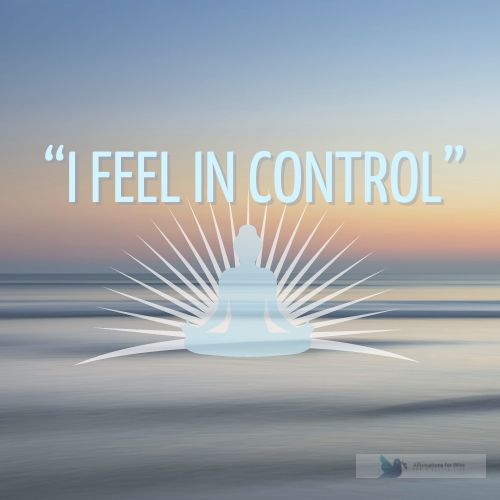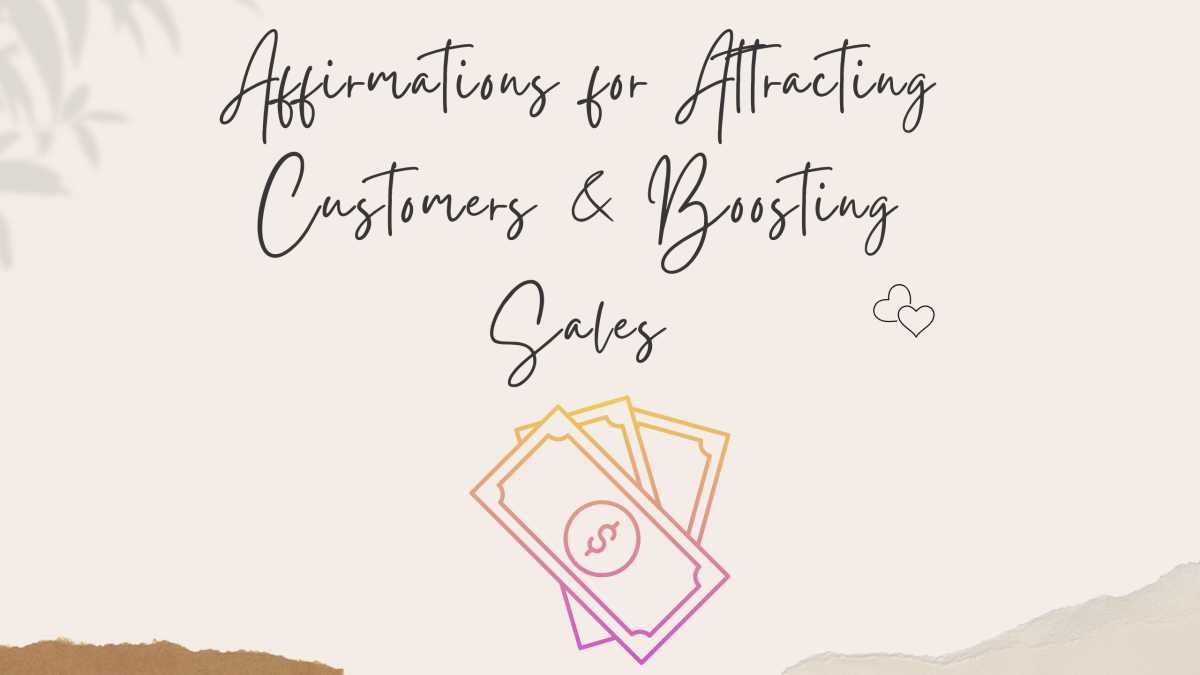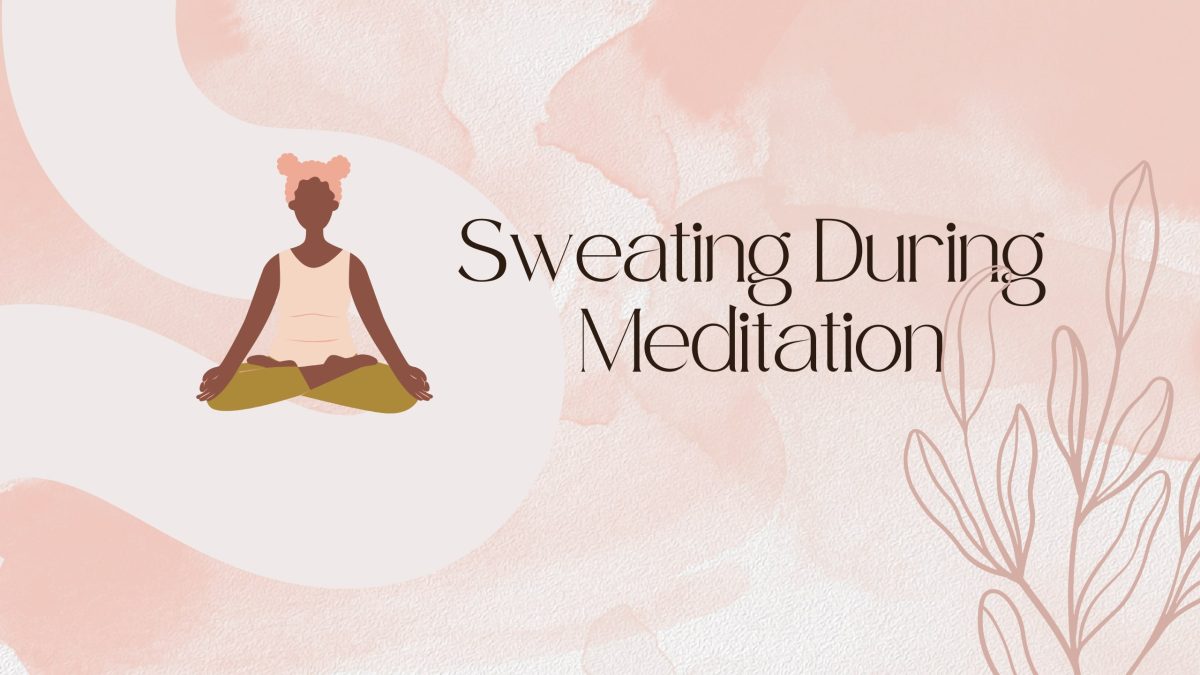
How to Stop Creating Negative Scenarios in Your Head
Today’s life is full of uncertainties and risks. So much so that some people have a hard time adjusting to the constant stream of new events, people and situations. They see every negative thing that comes their way as a sign that everything is going wrong.
As a result, they start getting anxious and stressed out even before they’ve done anything wrong or harmful to themselves or others. These individuals are known as catastrophizers and they tend to create negative scenarios in their head during stressful periods or whenever there are changes in their lives.
There are usually two types of negative thinking: pessimistic and unrealistic. Pessimistic thinking involves a general feeling of negativity, while unrealistic thinking involves seeing the world as a very dangerous place. People with pessimistic or unrealistic thinking often spend more time worrying about potential problems than they do taking action to prevent them from occurring.
Why do I create negative scenarios in my head ?
There are a number of reasons why we create negative scenarios in our heads. Some people do this as a way of protecting themselves from uncomfortable truths or painful truths. Others do it because they feel anxious or uncertain. Whatever the reason, it’s important to recognize that your mental models are not reality. They are just stories you tell yourself about the world.
There are 3 main reasons why people have a tendency to imagine the worst:
- Anxiety
- Stress
- Performance pressure
Also, you should know that you are not alone. Everyone faces adverse situations and imagines negative scenarios due to stress or anxiety. Many times, everything is caused by the excessive pressure that we put on ourselves.
We push ourselves too hard because we don’t want to disappoint the people who love and trust us.
Is it normal to make up scenarios in your head?
Yes. Creating negative scenarios is a coping mechanism that allows us to process our fears and prepare for the worst case scenario. But as useful as these strategies might seem from the outside, they only reinforce our negative beliefs and feelings about ourselves and the world around us.
Your mental model is just one possible reality out of many possibilities. It’s not the only possible reality, and it’s not more likely to be true than any other possible reality. It’s just one model among many that you can choose to believe, and it’s up to you whether you choose to believe it or not.
So how do you know when your negative scenarios are actually happening? You don’t. Instead, you have to learn how to recognize when they’re happening and how to respond accordingly. If you see yourself doing something that scares or upsets you, that means that your mental model is probably wrong, and so is what it represents in your head.
How do I stop imagining scenarios in my head?
The key here is recognizing the source of your problem and taking action to correct it before it derails your life again. Here are some suggestions on how you can stop creating negative scenarios in your head once and for all:
Instead of helping you weather the storm, constant negative thinking can make you feel like you’re drowning. And being surrounded by negativity only makes this effect worse— it makes you feel like there’s something inherently wrong with you because so many people appear happy while you sit lonely and miserable inside your own head.
Before diving into the techniques you can use to stop creating negative scenarios in your head, you might be interested in checking out this Silent Subliminal Messaging System that can help you rewire your thoughts by sending affirmations through a high frequency envelope, which reach the brain but are not heard by the human ear.
Now, let’s review some proven strategies that can help you out:
Use your logic
It sounds easier said than done, but think about whether that negative scenario that you are imagining is possible. Is it realistic for such a scenario to happen?
And even if it is, that doesn’t mean it’s the only possible outcome, right? There are a large number of possible situations that can occur with the same probability.
Try to calm down thinking that your imagination has gone too far and that the negative scenario you were thinking about is unlikely.
Learning coping skills
Coping skills are a set of coping mechanisms that people use to help them manage stress, anxiety and other challenging emotions. They can be learned and strengthened over time, but are especially important for people who have chronic or relatable stressors in their lives. In addition to helping you deal with the immediate challenges you’re facing, coping skills can also help you prepare for future ones.
That way, when a stressful situation inevitably comes up, you’ll be less overwhelmed and more able to handle it. Coping skills can take many forms, but they usually involve using your thoughts and behaviors to alter your emotional reactions and reactions to situations.
Remember the law of attraction
The law of attraction is the idea that you create your reality by the choices you make, both big and small. It’s the belief that by changing your thoughts, feelings, and actions, you can create the life you want. The law of attraction has been referred to as a “hidden force” that influences our behavior and is responsible for attracting positive or negative experiences into our lives.
One way to use the law of attraction is to visualize yourself with what you want. When you do this, you’re sending a message to your subconscious mind that you want these things, thus creating a strong desire for them in your mind. Another way to use the law of attraction is to literally bring what you want into your world. You can do this by saying affirmations or creating a vision board. A vision board is a sheet of paper with pictures or notes that represent what you want to manifest into your life.
If you are new to this concept, we recommend you this great video by Leo from Actualized.org
Write down how you feel (journaling)
Are you stressed and can’t stop thinking about the worst case scenario? Write it down. Try to identify the reasons why you feel so stressed and anxious.
After a while, you will be able to see the patterns and, more importantly, it will help you realize that what seemed like an impossible problem a while ago, is not so impossible now.
One of the ways that journaling can help you deal with stress and anxiety is by helping you to process the emotions you are experiencing. When you write about your feelings, you give yourself time to process what’s going on inside of you. You’re able to make sense of things, figure out what caused the emotion, and learn to cope with it in healthier ways.
Always have a notebook by your side. It is the best way to start recording your daily thoughts because it allows you to lay them out, review them, and then remember them later on.
You can think of your journal as a place where you can write down whatever is on your mind, whenever it occurs to you. You can think of it as the place where you are able to vent, cry, and/or write down how you really feel.
Consider your best-case scenario
What would happen if you tried to focus on the best possible scenario? In a way, your brain is addicted to negative emotions. Those kinds of emotions have a huge impact on you. But, make the effort to look on the positive side.
Imagine the best thing that could happen to you. Convince yourself that it is possible. If we talk about probability, the best possible scenario has the same number of chances of occurring as the worst possible scenario.
Focus on the best result, reproduce it vividly in your imagination, visualize it, feel it and become familiar with that emotion.
Visualizing yourself in a better situation can be very helpful in changing how you feel about your current situation. It shows you how much better things could be if only there were no obstacles standing in the way of your happiness. Instead of asking “What’s wrong?” ask “What’s right?”
Spend your energy in something else
Get up and do some physical activity. I’m not necessarily talking about working out, but just walking, changing rooms, doing the dishes, checking your email or something else that helps you distract yourself. Occupy your body and mind in another type of activity. You will find that very often, you will forget that just a few minutes ago, you were creating a new negative scenario in your head.
Think of this as a kind of occupational therapy.
Are you a sudoku fan? Or maybe you are one of those who prefer to get involved in some home renovation project? Find some distraction that allows you to put your energy elsewhere. In this way, you will avoid having time and energy available to create negative scenarios in your head.

Meditation and positive affirmations
Meditation and positive affirmations can help you stop creating negative scenarios in your head. You can use meditation to clear the mind of all distractions so that you can get a clearer picture of what is going on. Meditation also helps to calm the thoughts, so that you are less likely to experience anxiety or stress. In addition, positive affirmations can really help you change your perspective.
For example, you could say “I am beautiful” or “I feel wonderful” to yourself every day. Once you start saying these things over and over again, they will begin to become true for you. You will start to believe that you are beautiful or great, and this will create a new reality in your mind.
Are you new to positive affirmations? Read this article to learn how to make them work your you.
Being present is also a great way to get rid of negative thoughts. You can achieve this through a meditation or another mindfulness exercise.
The power of gratitude
Surely you already know this, but gratitude is wonderful for your health and for your mental states. One of its most important advantages is the fact that it can easily change your current state of mind and emotions.
The next time you are creating a negative scenario in your head, recognize and accept it. Then, make a mental list of 5 things you are grateful for in your life and 5 things you are grateful for in your work, family, etc. It doesn’t need to be anything complicated. Just think about those things and mentally repeat several times: “thank you, thank you, thank you”.
I assure you that this will help you calm down in a matter of minutes. The best thing about this technique is that in the long run, you educate your mind to be grateful and focus on the things you appreciate in your life.
Try taking stock of the positive things in your life and focus on what is going well. Try writing down a list of all the things that you’re grateful for that day, so that you can appreciate what you have going for you rather than dwelling on what’s wrong with your life.
Conclusion
To stop creating and believing negative scenarios, you have to be mindful of your thoughts. You have to notice when you’re thinking about things that make you feel anxious or sad and understand why you’re doing so. You have to notice when you’re creating scenarios in your head that don’t have any basis in reality and know that this is happening.
If you know that your negative mental scenarios aren’t true and can’t be true, then what’s the point of keeping them in your head? There’s only one answer to that question: to make yourself feel bad. If you catch yourself doing this, the first step to overcoming it is to stop and take a deep breath. Then take the time to notice what you are thinking. What are you feeling? What is your body doing? What is your intention? Is it to make yourself feel better or to make yourself feel worse?
Do you know any other technique that has helped you to stop creating negative scenarios in your head? Share it with us in the comments section!

Affirmations for Bliss is a blog about positive affirmations, meditation and yoga. It’s a place where you can find everything you need to live a happier life. The blog is updated with new articles weekly so you can find inspiration when you need it.



